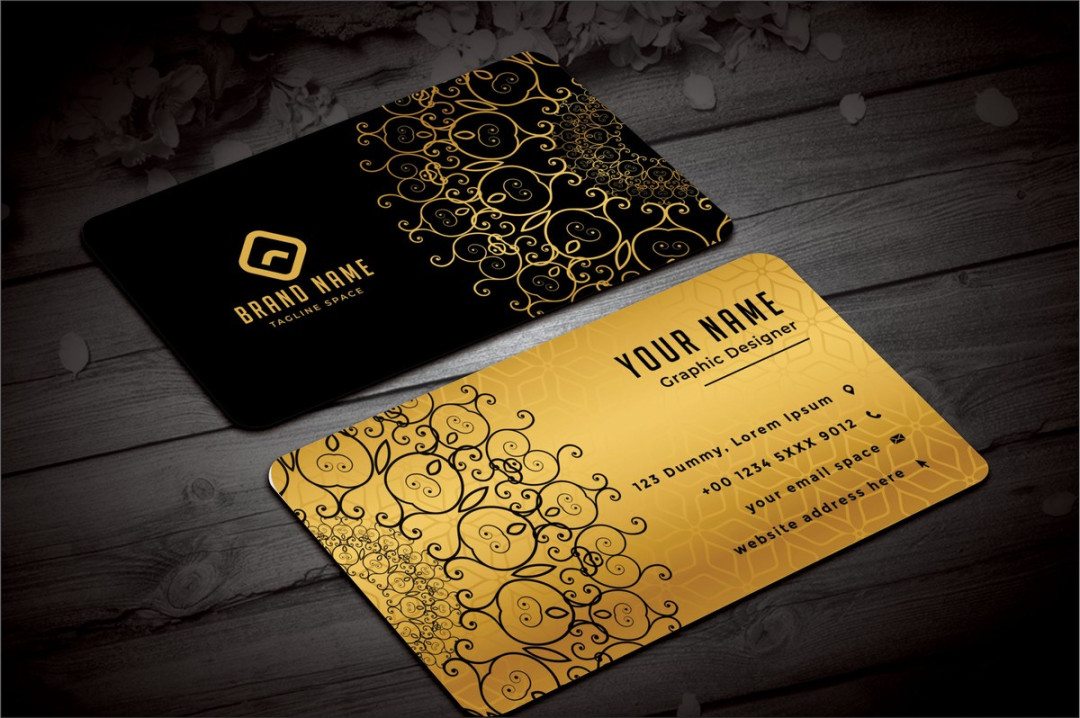The Essence of a Designer Visiting Card
A designer visiting card, more commonly known as a business card, serves as a miniature representation of a designer’s professional identity. It’s a compact yet powerful tool that leaves a lasting impression and facilitates networking. A well-designed card not only conveys your contact information but also reflects your aesthetic sense, professionalism, and the nature of your design services.

Key Design Elements for Professionalism
1. Minimalist Design: A clean and uncluttered layout is essential for a professional look. Avoid excessive text or graphics that can overwhelm the card. Opt for a simple and elegant design that allows your information to stand out.
2. High-Quality Materials: The choice of materials can significantly impact the perceived quality of your business card. Consider using premium materials such as thick cardstock or textured paper to enhance its durability and sophistication.
3. Consistent Branding: Ensure that your business card aligns with your overall branding. Use the same colors, fonts, and logo that you employ in your other marketing materials. This consistency helps create a cohesive and recognizable brand identity.
4. Clear and Readable Typography: Select fonts that are easy to read and complement your design aesthetic. Avoid using overly decorative or difficult-to-decipher fonts. The font should be large enough to be easily legible at a glance.
5. Strategic Layout: The arrangement of elements on your business card is crucial for effective communication. Place your name, title, and contact information prominently to ensure easy visibility. Consider using a consistent layout for all your business cards to maintain a professional appearance.
6. Professional Imagery: If you choose to include an image, ensure it is high-quality and relevant to your design services. A professional headshot or a representative image of your work can add a personal touch and help people remember you.
7. Contact Information: Clearly display your name, title, company name, email address, phone number, website, and social media handles. Ensure that the contact information is accurate and up-to-date.
8. Call to Action: Consider including a brief call to action to encourage potential clients to contact you. This could be a tagline, a request for a consultation, or a link to a specific service.
9. White Space: The use of white space can enhance the overall design and readability of your business card. Avoid overcrowding the card with too much information or graphics.
10. Proofreading: Thoroughly proofread your business card to ensure there are no errors in spelling, grammar, or punctuation. A typo can undermine your professionalism.
Design Styles for Different Niches
While the principles of minimalism and clarity apply to most designer visiting cards, the specific design style may vary depending on your niche. For example:
Graphic Designers: A visually striking card featuring a bold graphic or a sample of your work can showcase your creative abilities.
Conclusion
A well-designed designer visiting card is an invaluable tool for building your professional network and attracting new clients. By carefully considering the key design elements and tailoring your card to your specific niche, you can create a memorable and impactful business card that reflects your expertise and professionalism.